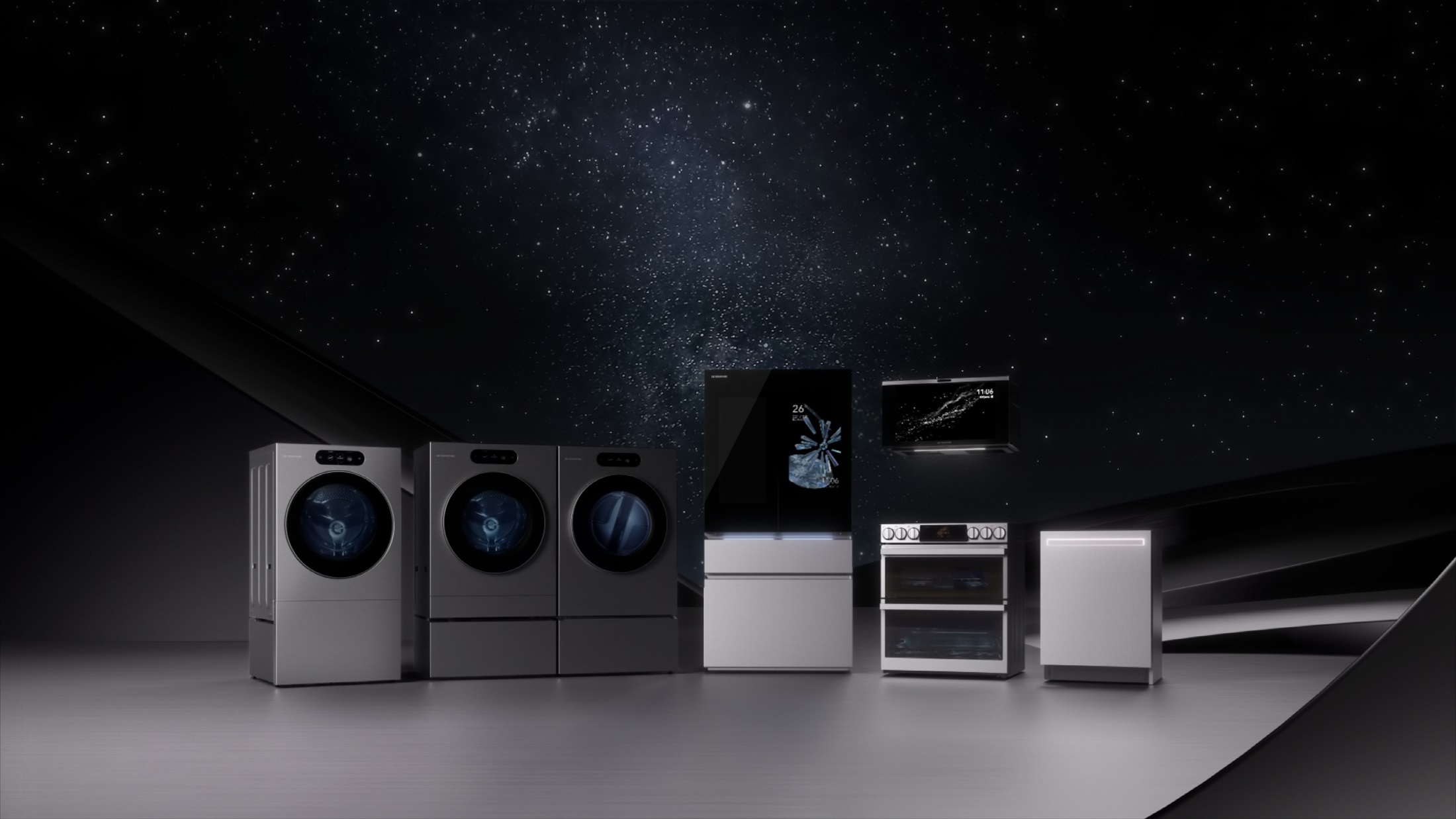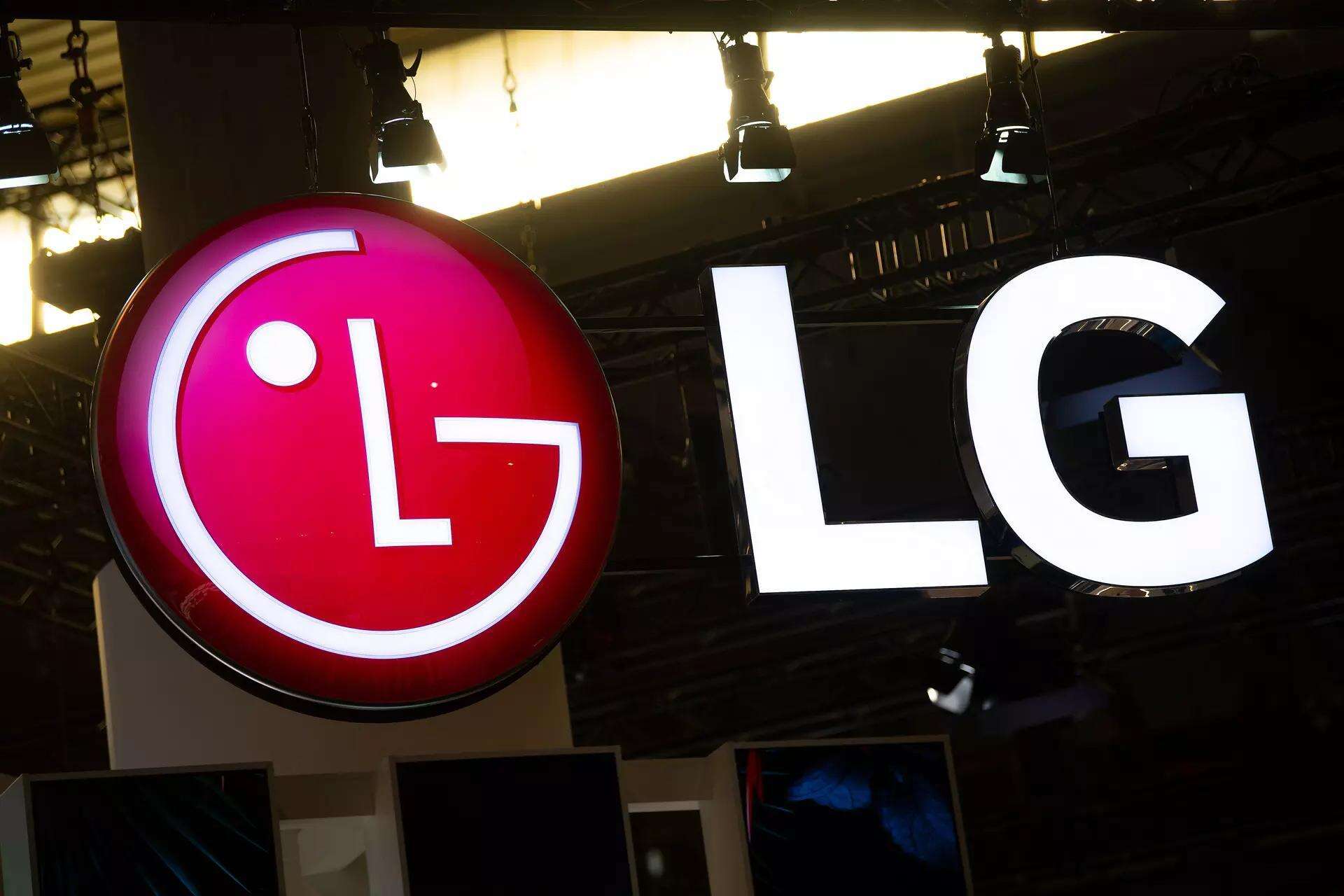Building the foundation of trust in a new India
When LG entered India in 1997, the country was witnessing a wave of liberalization and rising aspirations. The new middle class was emerging as a powerful consumer base, eager for reliable products that delivered quality and value. The electronics market was dominated by Indian brands like BPL, Onida, Videocon, and Godrej, while multinationals such as Sony and Philips were just beginning to find their footing.

LG saw an opportunity not to compete purely on price or prestige but on reliability and accessibility. By positioning itself as a “mass premium” brand, LG promised products that were advanced yet practical, modern yet durable, and aspirational yet affordable. The tagline “Life’s Good” captured this sentiment perfectly, creating an emotional bond with households across India.
India-focused innovation and manufacturing strength
Unlike most global brands that simply imported technology, LG made India central to its strategy. It established its first manufacturing plant in Greater Noida in 1997, followed by another in Pune in 2004, laying the groundwork for “Make in India” long before it became a policy buzzword.
This deep localization helped LG design products suited to Indian needs. The company launched refrigerators that worked during power cuts, washing machines that could operate on low water pressure, and air conditioners built for tropical heat. Innovations like the “Mosquito Away” AC and “Smart Inverter” washing machines reflected a strong understanding of local conditions and consumer habits.
LG’s R&D teams also focused on energy efficiency and hygiene features, aligning with the growing awareness of health and sustainability. From auto-clean functions and allergy filters to Wi-Fi-enabled appliances under its AI ThinQ series, LG continuously evolved its products for modern households.

Smart pricing and distribution strategy
LG adopted a flexible pricing model that spanned mass to premium categories. It priced its core appliances slightly above Indian brands but below global competitors like Sony, making it a natural choice for middle-class families seeking reliability and performance.
Seasonal offers, EMI options, and exchange deals made LG’s products even more accessible. The company built one of the strongest retail networks in India, reaching deep into rural and semi-urban markets through authorized dealers and multi-brand outlets like Croma and Reliance Digital.
At a time when few companies invested in service, LG established authorized service centers even in smaller towns, building an unmatched reputation for after-sales support. This proactive focus on trust and service helped LG become a household name not just in metros but across Bharat.

Marketing that resonated with Indian families
LG’s brand building relied on relatability rather than luxury. The company focused on family-oriented advertising that positioned its products as dependable partners in everyday life. Campaigns like “Life’s Good” and “Digitally Yours” became part of Indian pop culture, while long-term brand ambassadors such as Abhishek Bachchan, Aishwarya Rai, and later Katrina Kaif helped connect the brand to warmth, style, and trust.
Sponsorships of cricket tournaments, reality shows, and festive campaigns helped LG stay visible across diverse audiences. By focusing on emotion and familiarity, LG created an image of reliability that resonated deeply with Indian consumers.
Product milestones that shaped success
Over the years, several products defined LG’s market dominance. The Flatron color TV became a staple in Indian living rooms during the 2000s, while its semi-automatic washing machines revolutionized affordability and performance. Refrigerators built for Indian households introduced stabilizer-free operation and faster cooling, earning long-term loyalty.
Later, innovations like inverter ACs, Indian recipe-based microwaves, OLED TVs, and smart home appliances helped LG stay ahead of global and domestic competitors. Its product range consistently combined practicality, innovation, and quality, serving both middle-income and premium buyers.
The results of a long-term strategy
LG’s efforts have paid off handsomely. The brand now serves over 20 crore customers in India, generating estimated annual revenues exceeding ₹25,000 crore. It consistently ranks among the top two players in refrigerators, washing machines, microwaves, and inverter air conditioners, while leading the OLED TV segment.
More importantly, LG has built one of the strongest emotional connections in India’s consumer electronics space. It is viewed as a brand that stands for family, trust, and quality — attributes that are rare in a market driven by short-term trends.
Key takeaway from LG’s India playbook
LG’s success in India is not built on flashy marketing but on consistency, reliability, and deep localization. By understanding Indian homes, investing early in manufacturing, and focusing on long-term relationships rather than short-term gains, LG turned “Life’s Good” from a slogan into a shared sentiment across millions of households.
Follow You Finance on Instagram and Facebook for more detailed case studies, brand insights, and business strategy stories that decode the companies shaping India’s economy.
















